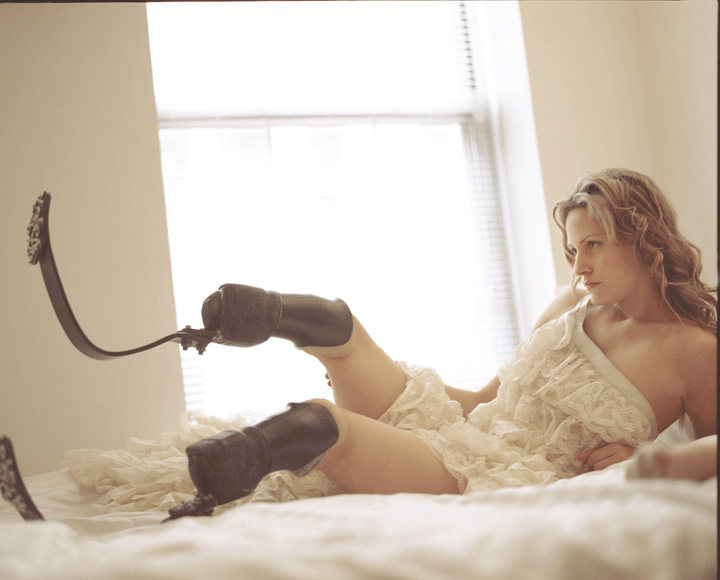Gender Differences in Comics
I found this interesting article about Gender Differences in Comics. It talks about how the representation of men and women in comics varied over the centuries and how much that representation was affected by the creator’s sex.
At first, comics mostly starred children and they were cute and funny, which serves the purpose of comics: funny and cartoony. Afterwards, when adult figures were introduced, it started following a general trend – beautiful women and funny-looking men. These were mostly drawn by men. (Of course, there were exceptions where both men and women drawn funny-looking, like Popeye and Olive Oyl). However, women cartoonists working around the same time drew beautiful women and equally attractive men. There was more equality between the sexes. The author brings up an interesting question: “If the male cartoonists were identifying with their male characters, did they consider themselves, and possibly their fellow men, to be ugly, stunted, hopelessly geeky creatures, while thinking of women as the impossibly beautiful, unattainable other? When the women cartoonists drew both men and women as attractive beings, were they, in a more down-to-earth way, simply accepting both men and women as equal humans?”
Around the twentieth century in the mainstream comics, the style changed to both male and female characters having certain characteristics exaggerated: the men were muscular, had thick necks and chins bigger than their heads; the women had disproportionately large breasts and thin waists, long legs and very little clothing. In independent comics, however, in which most female cartoonists work, have males and females drawn similarly – both funny-looking or both realistic. Male cartoonists working in these small press comics now also draw men and women as equals. Mainstream comics hasn’t yet changed though.

Trackbacks and Pingbacks
Comments are closed.